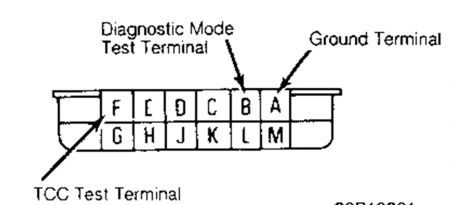Hi guys. Pardon me for jumping in here but there's an easy fix for this problem. It's true the answers might be right from a text book or service manual but that's the best way to insure the correct procedure is presented without omitting any important steps. Took merlin2021 a long time to type that too.
Here's a copy / paste version I've used many times for this problem:
On GM vehicles with the step bore master cylinder, imagine a teeter totter that is level, but if it moves one way, it will block the ports for two wheels. The teeter totter moves when one hydraulic circuit builds pressure and the other one doesn't due to a leak or from pedal-bleeding the system. As soon as the pedal is pressed while a bleeder screw is open, the teeter totter moves to block the ports for one front brake and the opposite rear brake. No fluid can be forced out of those two bleeders.
If the system is left like this, one front brake will wear out very quickly and the other side will look like new. People usually ask for advice when they run into worn pads on one wheel for the second or third time. The car will usually not have a brake pull because alignment angles are modified to accommodate loss of one hydraulic circuit on the split-diagonal systems.
The only way I ever found to reset the valve in the master cylinder, (that teeter totter), was to give a quick, short burst of compressed air to one of the bleeder screws that isn't flowing. Don't use so much air that it makes its way up to the master cylinder. A fraction of a second is sufficient. After that, just let it gravity bleed.
The same problem can happen even when the hydraulic system wasn't opened. After installing new front pads, the pistons must be worked out until the pads contact the rotors. One piston will always move first, then, once contact is made with the rotor, pressure will start to build up. That will trip the valve at which point the other piston will never move. Once the burst of air is given and the line gravity bleeds, pressing the pedal no more than half way to the floor will prevent the valve from tripping again.
This same master cylinder can be used with the factory "add-on" ABS system that is bolted directly to the ports of the master cylinder.
Even with normal master cylinders, you should never press the brake pedal more than half way to the floor when pedal bleeding. The lip seals will be torn on the debris and corrosion that build up in the lower half of the bores where they don't normally travel.
Caradiodoc
Saturday, August 14th, 2010 AT 1:40 PM



